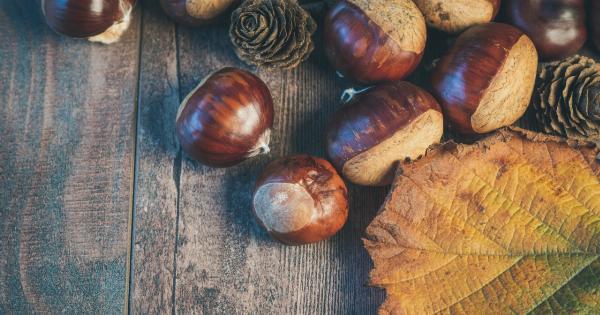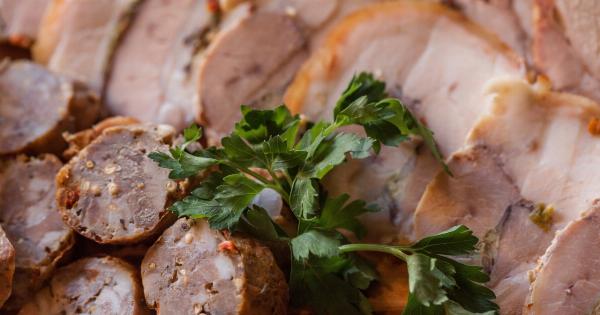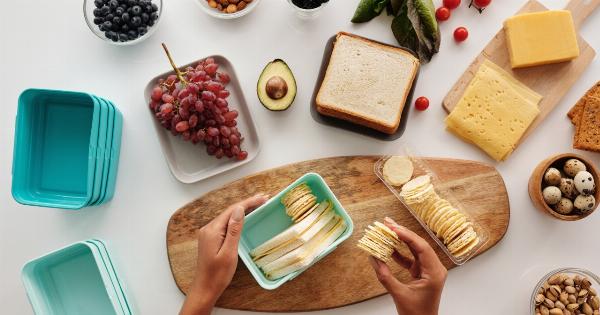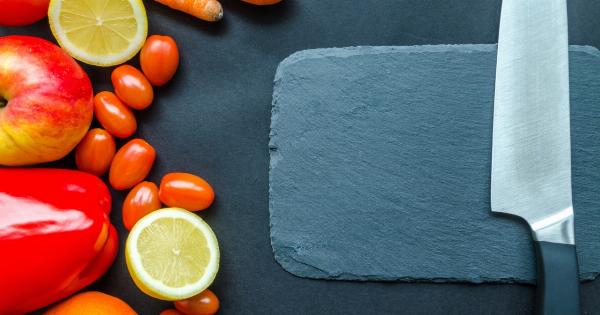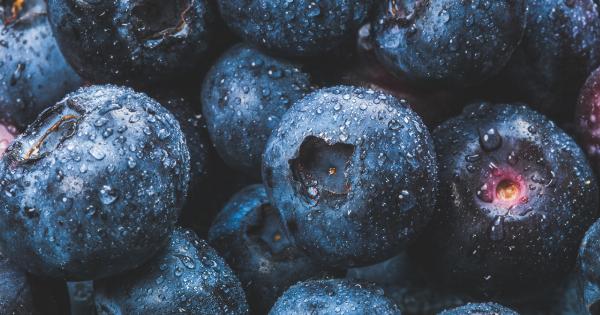Chestnuts are a delicious and nutritious snack that can be enjoyed year-round. However, there’s something special about roasting chestnuts during the colder months.
The aroma and warmth of a freshly roasted chestnut can instantly transport you to a cozy winter evening. But roasting chestnuts can be a bit tricky if you don’t know what you’re doing. To help you achieve chestnut roasting perfection, here are four tasty tips that you can use:.
1. Selecting the Right Chestnuts
The first step to roasting chestnuts to perfection is to choose high-quality chestnuts. Look for chestnuts that are smooth, shiny, and free from blemishes. They should feel heavy and firm to the touch.
Avoid chestnuts that are soft, moldy, or have visible worms. Freshly harvested chestnuts are often the best, so try to find them during the fall season.
2. Properly Cutting the Chestnuts
Before roasting, it is essential to make a small cut on each chestnut to prevent them from exploding. If you skip this step, you may end up with a messy kitchen and chestnuts all over the place.
Take a sharp knife and carefully score an “X” on the flat side of each chestnut. This will allow steam to escape while roasting and prevent any unfortunate accidents.
3. Soaking the Chestnuts
Soaking the chestnuts in water before roasting can make the peeling process easier. Place the scored chestnuts in a bowl of water and let them soak for about 10 minutes. This will soften the outer shell and minimize the resistance while peeling.
You can also add a pinch of salt to the water for added flavor.
4. Roasting the Chestnuts
Now comes the most crucial part – roasting the chestnuts! There are a few ways you can do this:.
Roasting Chestnuts on an Open Fire
If you have a fireplace or access to a bonfire, roasting chestnuts over an open fire can be a nostalgic and fun experience. Place the soaked and scored chestnuts in a chestnut roasting pan or a cast-iron skillet.
Hold the pan over the open fire, shaking it occasionally to prevent burning. Roast the chestnuts for about 15-20 minutes or until the outer shell is charred and the flesh is tender.
Using an Oven for Roasting
If you don’t have an open fire, you can still achieve excellent results by using your oven. Preheat the oven to 425°F (220°C). Place the soaked and scored chestnuts on a baking sheet in a single layer.
Make sure to leave some space between them for even roasting. Roast the chestnuts in the oven for about 15-20 minutes, or until the outer shell is split open and the flesh is cooked through.
Roasting Chestnuts on a Stovetop
If you prefer a more hands-on approach, you can roast chestnuts on a stovetop. Take a chestnut roasting pan or a heavy-bottomed skillet and heat it over medium-high heat.
Add the soaked and scored chestnuts to the hot pan and stir them occasionally for even cooking. Roast the chestnuts for about 15-20 minutes or until the shell is easily peeled and the flesh is tender.
After roasting the chestnuts using any of these methods, let them cool for a few minutes before attempting to peel them.
The inner flesh should come out of the shell easily, allowing you to enjoy the sweet and nutty taste of perfectly roasted chestnuts.
Conclusion
Roasting chestnuts to perfection involves careful selection, proper cutting, soaking, and choosing the right roasting method.
By following these four tasty tips, you can enjoy delicious and flawlessly roasted chestnuts that will warm your heart and taste buds. So, put on your apron, grab a handful of chestnuts, and embark on a chestnut roasting adventure this winter!.

